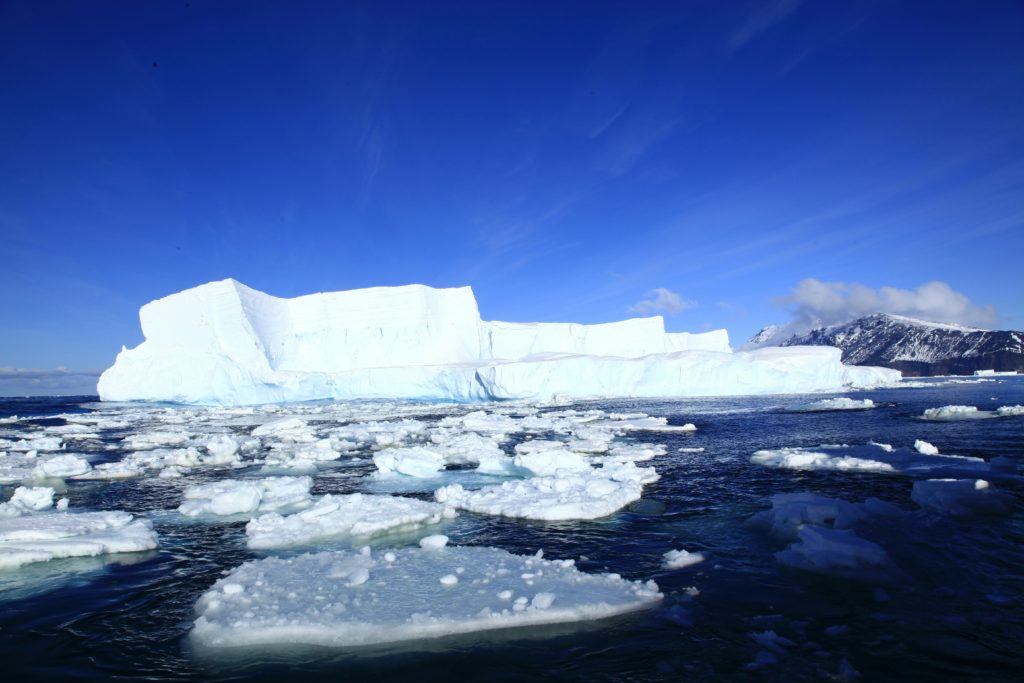Part 1 of a two-part series on how to tackle Climate Change
- The Geoengineering Way
- Nature’s Way

Should we use geoengineering to save our environment?
What is geoengineering anyway?
This detailed article by ciel.org explains that geoengineering is large or planetary-scale interventions in the Earth’s atmosphere, oceans, and land to counteract some of the effects of climate change. These methods range from reflecting sunlight back into space to removing carbon dioxide from the atmosphere. In other words it is a way of trying to actively cool the planet.
“ Positive” aspects of geoengineering
Before I tell you what I think about it (although you can probably guess!) I should say that as our Earth’s temperature increases alongside the ever-growing climate chaos it is becoming a more respectable idea, especially for investors. Many companies are now seeing this as an exciting opportunity.
Based on the evidence available to date this article from the National Academies says solar geoengineering has the potential to lower Earth’s surface temperature quickly. There are, of course, many concerns about its use.
The UN Climate Change Panel the IPCC has said that in order to meet net zero levels of carbon emissions on time it may be necessary to use carbon capture. (Carbon Capture and Storage.) This is the removal of carbon dioxide from industrial processes that cannot easily use renewable energy and storing it underground in rocks. In situations where it is not possible to remove the last of the emissions any other way then they anticipate that this will be required.
Another method , Carbon Dioxide Removal, (not to be confused with Carbon Capture) uses the extraction of existing carbon dioxide from the atmosphere and involves a different process. Both ultimately are about reducing Global Warming.
The Effects of Global Warming

The negative aspects of geoengineering (or climate intervention as it is sometimes called)
In international law the idea of geoengineering is very contentious and until relatively recently it has been considered unethical. For now it is felt that it should remain a no-go area till it has been thoroughly researched. This is in itself very difficult as it has to be researched at scale to be meaningful.
The Risks
According to ciel.org above there are worries that these interventions could seriously interrupt existing weather patterns.
It is also believed that they could not be deployed without largescale outdoor tests and once built in large scale, harmful impacts could be built in and irreversible.
For the outcome we need them to have, these interventions would have to be deployed at an enormous scale and the financial, social and political costs could be huge, not to mention the environmental threats. This could have a major effect on peoples’ lives.
Will it fix the climate crisis?
According to ciel.org “Geoengineering technologies do nothing to address the drivers of the climate crisis, and all come with major risks and unknowns. For example, solar geoengineering is inherently unpredictable and risks further destabilizing an already destabilized climate system. Models show that it would have an uneven effect regionally and could exacerbate climate change in countries on the front line of the crisis. What’s more, it carries the risk of ‘termination shock’ where temperatures suddenly spiral if, for whatever reason, deployment is paused or stopped. Meanwhile, no marine carbon dioxide removal techniques have been proven effective in the long-term removal and storage of CO2, and some could undermine the ocean’s ability to sequester carbon.”
An Ocean Under Threat

What Forms of Geoengineering Exist?
Here are some of the existing ideas, but there are probably many more in the pipeline.
Solar Geoengineering
The National Academies article above shows three kinds of solar engineering:
- Aerosol injection – Addition of particles to the air well above the Earth’s surface to deflect sunlight.
- Adding particles to low lying clouds to deflect sunlight.
- Cirrus cloud thinning to allow more heat to escape from the atmosphere.
Carbon Dioxide Removal
As discussed above in “Positive” aspects.
Other Ideas
- Thickening Arctic ice by pumping seawater on to it.
- Spreading billions of reflective beads onto Arctic or glacial ice to increase its reflectivity.
- Addition of iron filings to the ocean to increase uptake of carbon.
My worry about all this, and I am far from alone, is of course the effects on our planet and the consequences for humanity. I also believe, as will become clear in part 2 of this mini-series, that using Nature to tackle our climate chaos is the route to go down.
What probably worries me more is that some investors in those schemes seem to care little for humanity but a lot more for their personal purses and the power that money brings them. This is potentially an area of enormous expansion, and controlling it will not be easy.
Geoengineering Monitor says that carbon markets are a major driver for geoengineering. It says that the number of companies whose core business is selling carbon credits for geoengineering is growing. (It also mentions that environmental risks are neglected in those deals.)
Conclusions
My conclusions about geoengineering are that it is a very worrying possibility indeed. The risks are enormous and difficult to research. There are some very unscrupulous people out there who seek to benefit from untested technologies. To be fair there are scientists who genuinely believe there is good to come from it and – who knows – they may be proved right. But for now, the main concern is that it continues our dependence on Fossil Fuels and the issues which that brings. I also believe that if this technology is available we will not commit ourselves fully to the changes in lifestyle that we must have.
What can you do in this situation?
- Write to your government and say that you want to see very serious controls on the use of geoengineering.
- Write to your government to encourage them to use solutions from Nature to mitigate Climate Change.
- Learn what you can about geoengineering and what investors are supporting without clear indications that it will work. Then use that knowledge to communicate with others/
- Don’t believe everything you hear about the subject, particularly from billionaires!
- Plant trees, or if you can’t, pay for somebody else to do it.
- Work on cutting down your use of Fossil Fuels
- Support indigenous people who are looking after Nature.
Here is a link for anybody interested in Carbon Credits.
And this group works with indigenous people to help save the Amazon.
To subscribe to my blog, please use the form on the Home page.
Photos by Michal Pech, Danting Zhu and frank mckenna on Unsplash

Very interesting article. I think a major concern is, as you say, those looking to make profit out of this. I look forward to part 2.
I do wish humanity would stop and think before leaping in to something like this.
These folks have grandchildren too! Seems they don’t care! Perhaps I am being too cynical.
Maybe they care about the world
Everything you say, Grandmother(!), shows that the people advocating Geoengineering are liars, chancers and scallywags. We must du p them, and write to our MPs.
I am not sure I would count Elon Musk as a scallywag. I have better words!!
Correction: We must dump them
Thanks.
Interesting. Reminded me of a comment from the Green Party about Labour’s plans for carbon capture, that you could do more for less money, planting trees!
I am really not clear why they are spending all that money but I have heard that they
only intend to use it “as well as” I suppose that means that if we cut out the fossil fuels
cut down on our deforestation and all the other things we need to do then we will only need
to use it occassionally to reach net zero.
I would like somebody to prove it can work at scale first!!!!